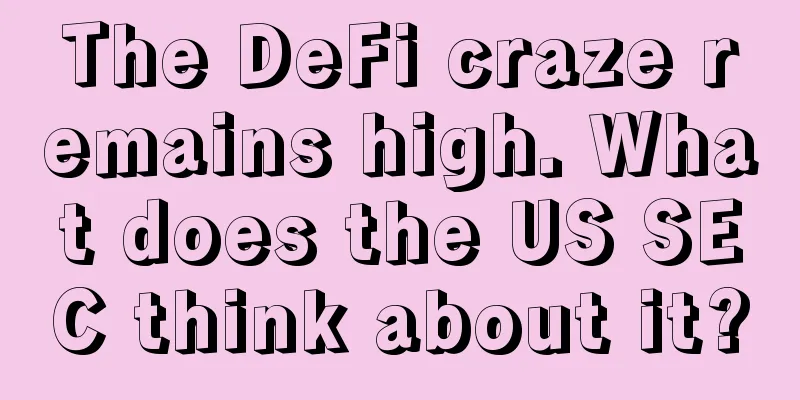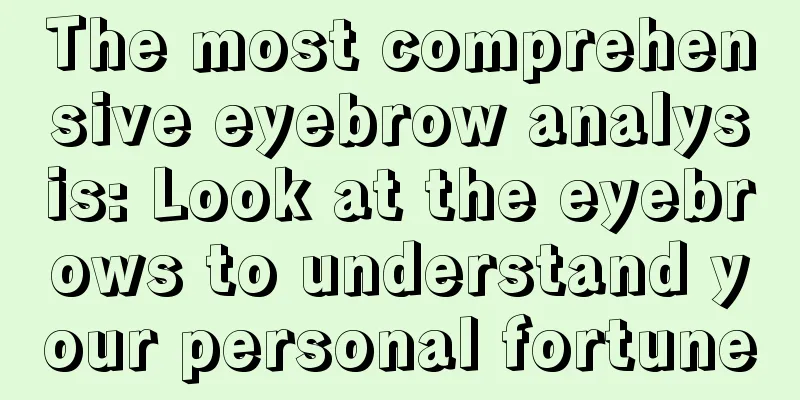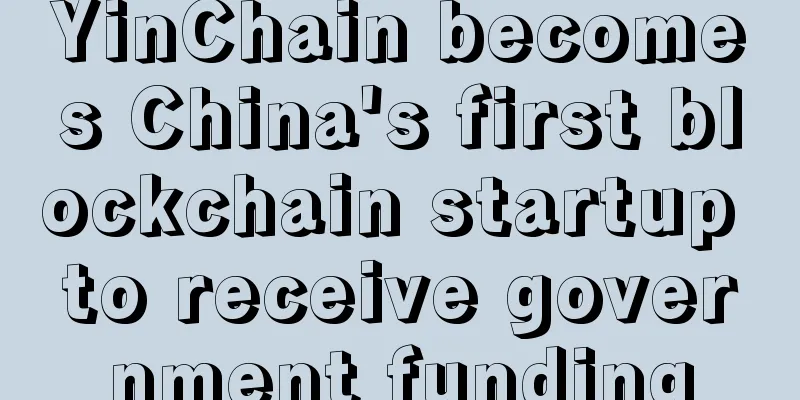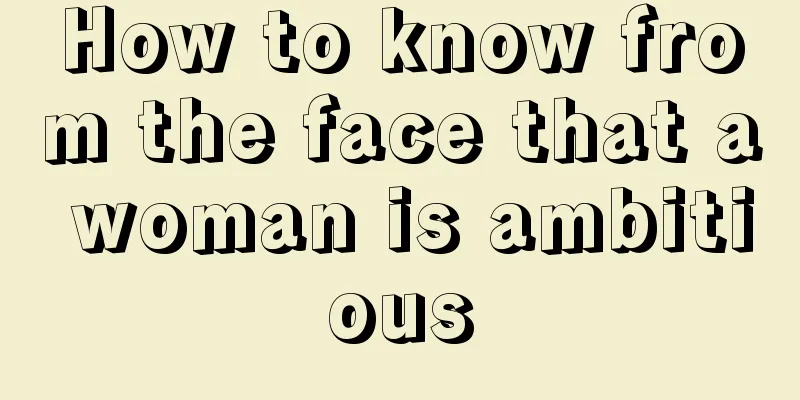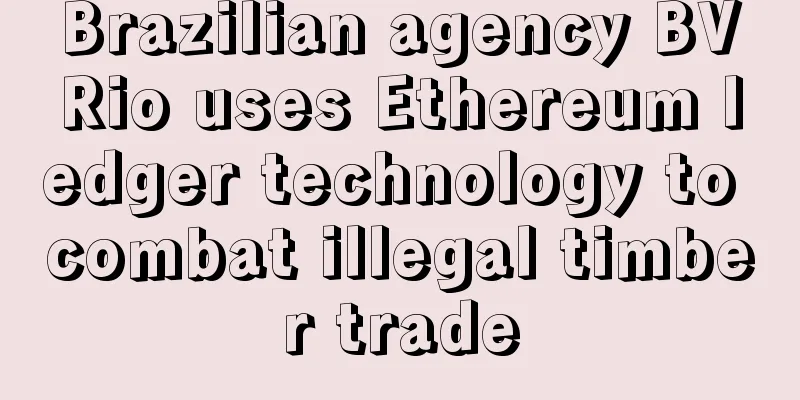Wall Street will be blockchain’s weakest link
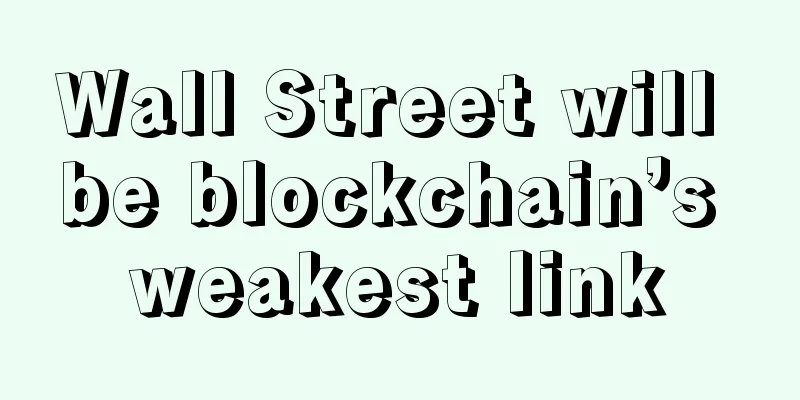
|
The “B” in blockchain is becoming popular in the banking industry. UBS CEO Sergio Ermotti said this month that blockchain technology could disrupt the current financial system. In January, JPMorgan Chase, Citigroup and several other banks invested more than $50 million in Blythe Masters' blockchain startup Digital Asset Holdings (DAH). In addition, another 40 banks are experimenting with applying distributed ledgers to the commercial paper market. Talking about revolution Over the past year, the word “blockchain” has been mentioned more often in earnings calls than “bitcoin.” (Source: Bloomberg analysis of all securities earnings calls over the past year) But beneath the surface of the buzz, there is also some silence. According to a survey conducted by PricewaterhouseCoopers this month, while most financial executives acknowledge the importance of blockchain, most of them are still unsure or unable to respond to it. A survey of executives from PricewaterhouseCoopers shows that some financial institutions remain cautious about adopting blockchain technology. Source: PwC survey of 544 financial executives in March This reluctance makes sense. Bankers also worry about the "Kodak moment" (when a new product destroys the revenue stream of an existing product rather than adding to it). Conceptually, blockchain and banking should be perfect partners: In theory, a decentralized database could allow stocks or bonds to be traded in near real time, without the need for middlemen or clearing houses, and by recording transactions on a chain that is difficult to destroy. The heavy processing costs, long settlement times and risk of human error will theoretically be eliminated, and precious capital and collateral to protect against default risk will become dispensable. Blockchain startup SETL estimates that clearing and settling trades costs $80 billion a year, and even cutting that by a third would be exciting for banking CEOs. But before theory can become reality, potentially insurmountable gaps remain. How do you get clearing houses, exchanges and brokerage firms to agree to a new system that will hit their existing profits? How do you address regulatory issues? And banks themselves employ a large number of middlemen, whether mortgage brokers or salesmen, and how can these people survive in a world of direct transactions? All of these issues make blockchain less attractive to banks. No wonder UBS described the technology as a "double-edged sword" in a white paper in January. There is little incentive for banks to join this revolution, which, unlike the demise of traditional photography, will be regulated and take years to develop. Original article: http://www.bloomberg.com/gadfly/articles/2016-03-23/wall-street-banks-will-be-the-weakest-link-in-the-blockchain |
>>: DTCC changes business model to cope with blockchain disruption
Recommend
Why does fortune decline rapidly after prosperity?
Why does fortune decline rapidly after prosperity...
What does a woman who is born to marry a rich man look like?
For a woman, if she can marry a wealthy husband, t...
Is it good or bad for a woman to have a mole in the center of her right foot?
Feet are an important part of our walking body, a...
What are the facial features of women who are prone to miscarriage?
If eyes are windows to the soul, then lips can be...
How is the fortune of people with moles on their ring fingers?
The most beautiful shape of fingers is generally ...
Palmistry to see whether you will have a successful career
All officials who pursue a career in politics hop...
BBC: Bitcoin price hits new high in three years, becoming the best performing currency in 2016
The recent news that the price of Bitcoin has bro...
Is the face of the eight-character pattern good? I am very impulsive.
People with splayed lines on their faces are not ...
Judging personality and marriage from the length of each knuckle of the little finger
The little finger represents wit and talent, and ...
Facial features of people who are very caring towards others
Everyone likes to be taken care of and treated wi...
Physiognomy: Are women with phoenix eyes blessed?
In terms of eye shape, the almond-shaped eyes are...
Is it good for a woman to have deep eye sockets? What does it represent?
Asians have relatively flat facial features and th...
Will people with vertical lines on the soles of their feet become rich in the future?
The soles of our feet are a very important place....
What does the broken palm line mean? Analysis of the broken palm line
There are densely packed lines on our palms, and ...
Are women with widow's peaks destined to be rich? Their careers are going very well.
What kind of state a person is in, or to fundamen...

